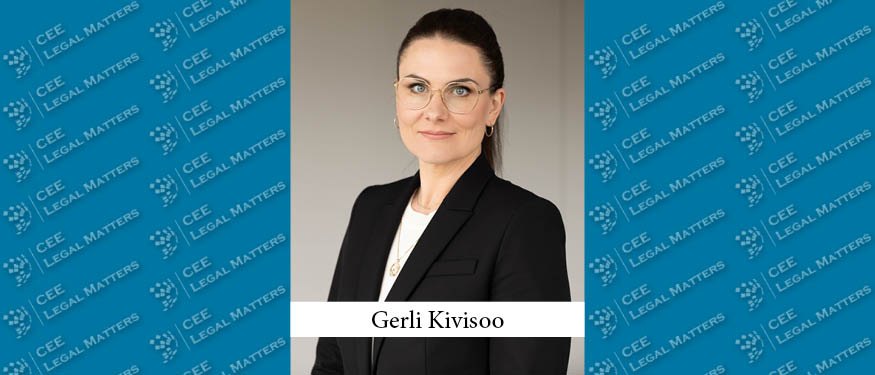Cautious optimism defines the current mood in Estonia, as the country navigates modest economic growth alongside persistent geopolitical and regulatory uncertainty, according to Ellex Partner Gerli Kivisoo, who reports subdued investor activity, ongoing tax debates, capital market shifts, and a growing M&A pipeline that suggests momentum may be gradually returning.
"The best word to describe the market at the moment would probably be 'anxious'," Kivisoo begins. "Estonia’s economy has returned to modest growth, just 1.2%, but overall market sentiment remains cautious. Foreign investment and transactional activity have stalled due to persistent geopolitical uncertainty and global trade volatility, and Investors are understandably conservative."
As for specific issues that are the talk of the town among lawyers, Kivisoo says that there are two."First is the tax reform package, which was set to enter into force at the beginning of 2025, including a major change: corporate income tax on retained earnings. That would have been a game-changer, especially since Estonia has long been known for its flat-rate tax regime and 0% corporate income tax on retained and reinvested profit," she says. Foreign investors saw this as a major change-up, so the initial plan to reverse that model created real shockwaves. "Thankfully, the new government, which came to power in March, walked back the change. Still, we did see a VAT and income tax rate increase come into effect this year, signaling that the tax policy environment is not as predictable as before."
The second big topic Kivisoo mentions is the Estonian government’s push to reduce regulatory pressure. "They’ve asked market participants, particularly in real estate, planning, banking, and finance, but also elsewhere, for proposals to streamline administrative processes. I think we won’t see much impact in the finance sector, because most of the regulation comes from the EU, and there’s limited room to maneuver. But still, it’s a welcome gesture, and we’ll see where it leads," she posits.
Focusing on capital markets developments, Kivisoo reports a mixed picture. "The last IPO on the Estonian market was Infortar at the end of 2023, one of the largest listed entities with a market cap of EUR 1 billion. But 2024 saw no equity raising in public markets and, instead, the year was dominated by debt offerings." According to Kivisoo, the biggest recent news is the voluntary takeover and delisting of Enefit Green, a major renewable energy company majority-owned by Eesti Energia, a state-owned energy company. "The state now holds over 97% of shares, so the delisting is proceeding forward. This is a huge moment for the Estonian capital markets; when Enefit Green IPO’d, there were over 60,000 retail investors involved, the most in Estonian history. So it’s a real disappointment for the stock exchange to see it go private."
Other than that, Kivisoo says that the market has seen "modest public debt offerings, including Estonia’s first public offering of green bonds, though these are not EU green bonds in the essence of recently adopted regulation. These bonds, issued by real estate developer Liven, raised EUR 4 million, which is a decent volume for the Tallinn Stock Exchange." Looking forward, Kivisoo says that the "Omnibus initiative is a big item on the horizon, especially in terms of easing sustainability reporting obligations. The market welcomed the relief, but we’re not expecting any IPOs on the main market in the near term. If anything, there’s talk of more delistings and, with only 17 listed entities on the Tallinn Stock Exchange, each departure hits hard."
Finally, sharing her outlook for M&A, Kivisoo says that while the second half of 2024 was very quiet, "that seems to be slowly changing. We’re starting to see transactions emerge, and there’s a lot of dry powder waiting on the sidelines. There’s definitely momentum building beneath the surface." If macro conditions remain stable, Kivisoo ultimately believes we may see a stronger pipeline in the back half of 2025.
